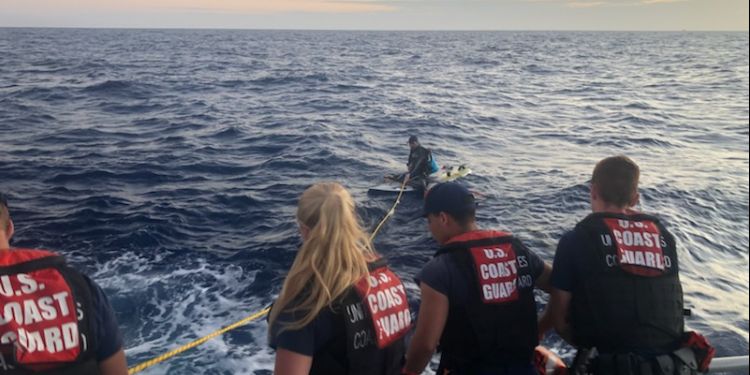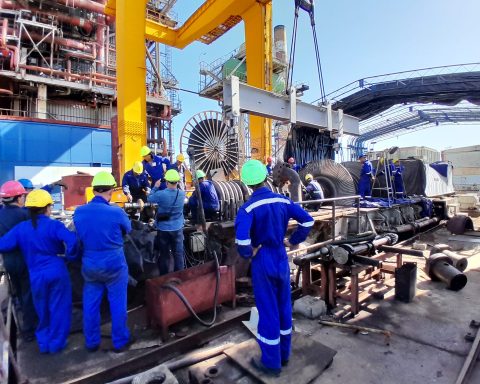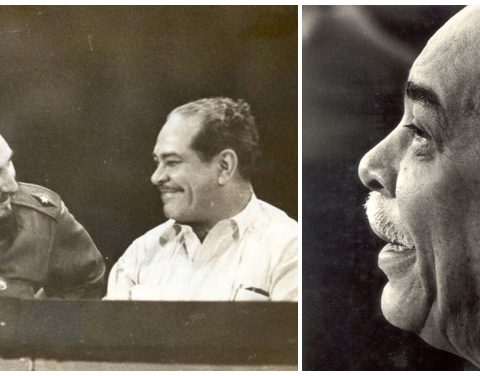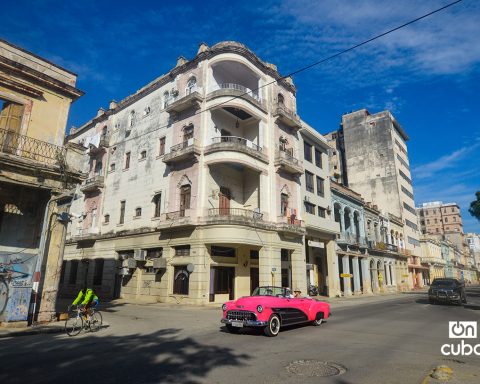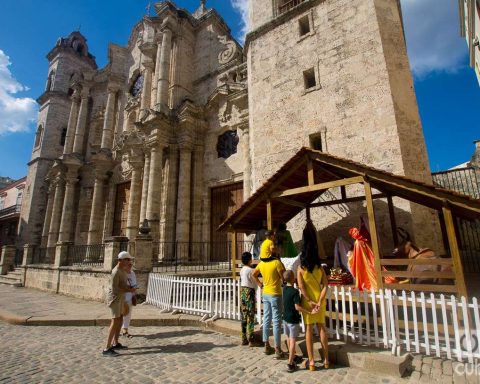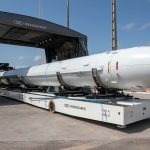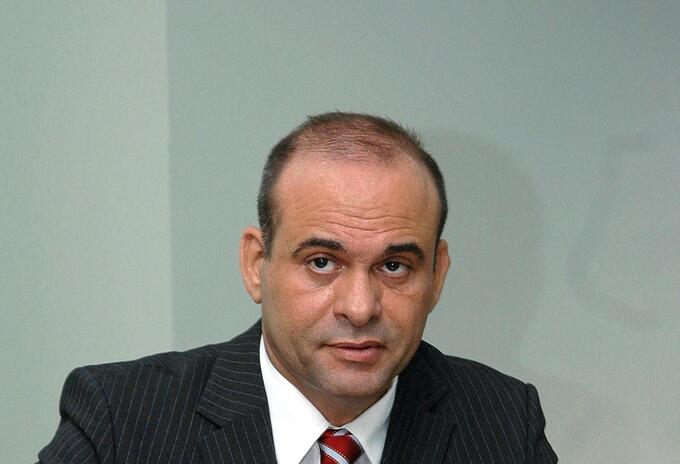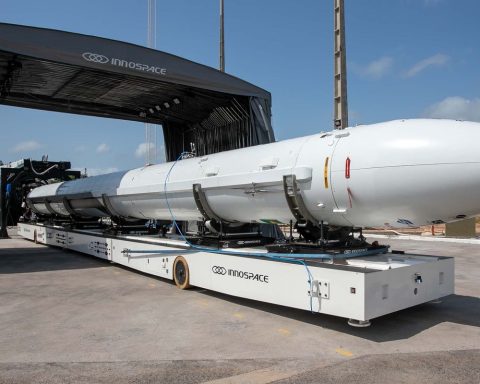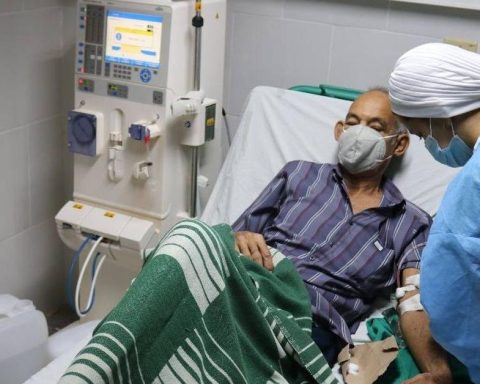Mexico City, Mexico. – What is a person willing to do to leave Cuba? How to escape from a country without land borders and with one of the most devalued passports in the world in terms of access? For decades we have heard stories that border on the impossible starring Cubans, who, driven by their desire to find improvement, have risked their lives.
Most have taken two escape routes: sailing in rustic boats for 90 miles through the “marine graveyard” that separates the Florida peninsula from Cuba; or reach some point in Central or South America and climb until it reaches the southern border of the United States.
Both alternatives portray the agony of migration and the dangers that travelers prefer to expose themselves to rather than stay in their country. But there are stories that are not common, and precisely their uniqueness makes them so incredible that they could seem like fictional passages. CubaNet presents a count of eight unimaginable escapes from the Island.
- Ship by DHL
In 2004, the Cuban Sandra de los Santos got into a wooden box with a bottle of water and a cell phone; and she shipped herself by DHL from Nassau, bound for the United States.
The then 24-year-old Cuban had saved enough selling contraband tobacco to get to the Bahamas. His plan was to spend a couple of weeks there and then continue on to Florida somehow, but the two weeks turned into three months, and he saw no way to reach his desired destination. Desperate, Sandra decided to risk everything and get into a wooden box where a boat engine was supposed to go.
Before embarking on the journey, the young woman prepared herself with improvised training routines that consisted of entering the box for two or three hours a day, but without completely sealing it. When the time came, De los Santos was placed in the fetal position and with the help of a friend she was transported as a parcel in the hold of an airplane. During the six hours that she was inside the small space, she says that she prayed and remembered the happiest moments of her life. She didn’t know if she was going to die from lack of oxygen, from the low temperatures, or if, at best, she would be roughly thrown to the ground.
Finally, Sandra arrived safely and knowing she was on the ground, she began to hit the lid to get out. When the DHL workers saw a woman peek out of the package, almost petrified, they asked her not to move; but she couldn’t listen to them. If she had made it this far, the next thing was to hit the ground. After 15 months in custody, the law student obtained political asylum in the United States.
“I would rather die than live that miserable life in Cuba. It’s like being dead in life,” Sandra said in an interview shortly after arriving in Florida.
- The regime prevented them from leaving with their visas, and they left on a raft
In 2006, a boat arrived with 15 Cuban rafters who were repatriated a week later to the viaduct that connects the Florida peninsula with the keys. Supposedly the highway was not American soil, so they could not opt for the “wet foot, dry foot” policy, in force at the time.
A Cuban resident in the United States who had a niece among the returned rafters began a campaign to revoke the decision and sued the government and immigration authorities. Finally, the case was resolved in favor of the deported Cubans and 14 of them (one was not accepted because he had lied) received visas to enter the United States again, but now legally.
Then they had to overcome an obstacle that they did not count on: the Cuban authorities denied them permission to leave the country. After months of waiting with their visas approved, they decided to throw themselves into the sea again because it was the only alternative left to them by the dictatorship. Fortunately they arrived safely on US shores.
- on a surfboard
At least nine Cubans have arrived in Florida on a surfboard, as confirmed CubaNet through press reports. The last of them was Pablo Mantilla, who left Varadero and arrived on US soil in six hours. Two months earlier, in May 2022, the diver Elián López Cabrera carried out a similar feat, only the wind was not in his favor and the route he planned to cover in a few hours was delayed by a day and a half.
The Cuban also left Varadero with the goal of traveling the 90 miles and asking for asylum. There are almost 150 kilometers of route in which he was at the disposal of the weather conditions, and with the aggravating circumstance that his physical condition was not optimal. Elián sailed with a bag connected to his belly to store his waste, due to the colon cancer that he suffers from.
During the second day of the trip, the phone that he brought with a SIM card from the United States began to receive notifications. Noticing that he had coverage, he writes to some friends living in Miami, who suggest calling the Coast Guard to rescue him. He refused because that meant he could be deported, which would leave him worse off than at the beginning because he would lose his job in Cuba.
Elián was very close to fulfilling his dream, so he kept trying on his own. However, hours passed and no progress was made. His body was no longer responding due to wear and tear and he agreed to ask the US Coast Guard for help. The young man was taken ashore to receive medical treatment. Once on US soil, he applied for asylum.
- Flee in a plane, and return months later for your family
The story of Orestes Lorenzo probably constitutes one of the most audacious escapes that have occurred on the Island. This man did not escape from Cuba by plane once, but twice; the second time with his family. It was the year 1991, when the major of the Cuban Air Force and hero of the Angolan war changed without warning the plans of his routine training flight and directed the MiG 23BN that he piloted towards the United States.
Lorenzo flew at the level of the waves to avoid being detected by the radars of both countries and in a few minutes he landed at the Boca Chica naval base, in the Florida Keys. After proving that he was not a spy but a deserter, he put all his energy and time into getting his wife and two young children out of Cuba, a country where they would grow up with the stigma of being the family of a traitor. .
But Lorenzo’s affront of hijacking a Cuban fighter-bomber, a Soviet gift to the island’s regime, and his statements about the reality of Cuba infuriated the country’s top management too much. The official response was to sentence his family to remain imprisoned in the country as punishment, even though they had a visa to legally enter the United States.
For 19 months, Lorenzo did everything he could to make visible the forced separation from his family: he met with congressmen and senators, he asked the widow of Martin Luther King for help; he managed to get President George W. Bush to mention his situation in a speech. He went further and went to the UN, went on a hunger strike in Madrid and chained himself to a fence in a central park in the Spanish capital, while Fidel Castro was there. Politicians and even Queen Sofía interceded for him, but the Cuban government was not willing to release the pilot’s family. The only answer Lorenzo received came from his wife through a Counterintelligence colonel. The soldier passed Victoria a message from Raúl Castro himself: if Lorenzo loved his family, let him go to Cuba and get it himself.
As a last resort, the deserter offered to turn himself in to the Cuban government to be tried, if in exchange they allowed his family to leave, but he was not listened to either. With no other alternative, Orestes Lorenzo planned how to rescue them and he did. He returned to Cuba in a US plane that he bought with the help of exiles, a Cessna 31, and met his wife and his children at the coordinates that he had previously sent them with a friend. The return had its difficulties: the plane landed very close to a bus with tourists; With his family inside, the door would not close. It was not easy, but the family of the former Cuban soldier managed to escape from the island with him. Lorenzo rescued them, “taking the word” of Raúl Castro.
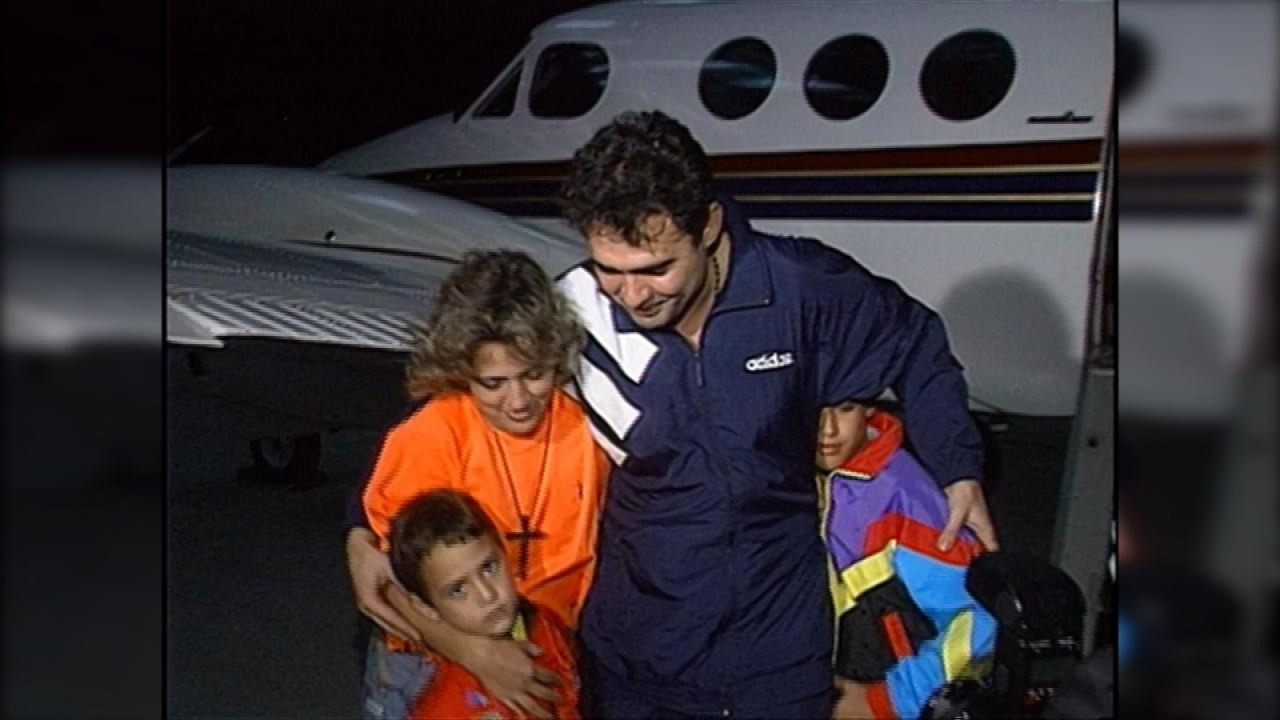
- Fast and Furious
During the thaw in the Obama era, Hollywood also approached the island’s capital. The eighth installment of the popular “Fast and Furious” saga took one of his sets to the Caribbean city, but what the producers of the film did not count on when they collected the filming material to return to the United States is that they would transport something else. In addition to the utensils, three drivers were hidden in the boat as stowaways.
Paradoxically, in the midst of a climate that sought to appear normal on the island, the Cubans decided to escape in an unusual way and hid in the sealed freighter. It was not until the ship docked that they noticed their presence in the containers.
- stowaway on board
In the early hours of August 15, 2019, Yunier García Duarte arrived at Miami International Airport hidden in the hold of Swiftair flight 704. The young man, who managed to sneak onto the plane because he worked at the “José Martí” International Airport in Havana, was found by a worker while unloading the luggage. A month later, García received political asylum.
The young man was aware of the danger he was running because the warehouses do not have oxygen, unless pets travel. In his case it saved his life that it was a very short trip. Despite this recognized that I would do it all over again. “I think so, because really in this period that I have been here, I have seen many things that I like, above all, that one feels free and I love that,” he said.
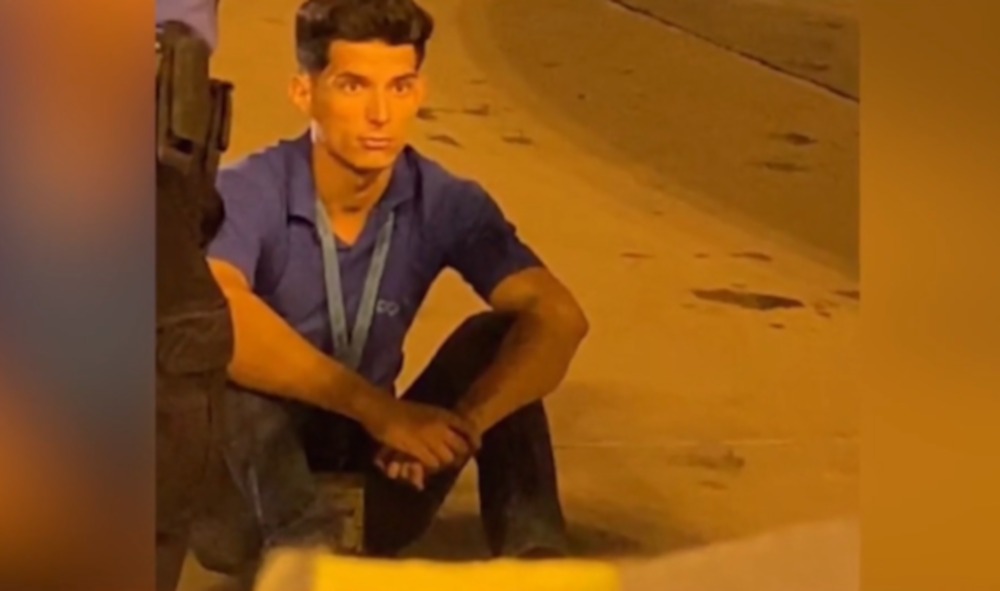
- From Mariel to Florida
Just a month ago, Evelio Calvo, who worked as a boat mechanic at the Mariel port pilot base, took a boat from the development zone and left for Florida with 21 other people, including children and a pregnant woman.
However, they did not reach their destination: the boat was intercepted in US waters and its crew members were not allowed to get off. Unlike the other stories of unimaginable escapes starring Cuban men and women, this one did not achieve the ending they expected.
They were kept at sea for several days until they were finally returned to the port of Santiago de Cuba. Evelio was immediately detained and the latest reports on his situation were not encouraging as they placed his whereabouts unknown. Cuba has previously punished citizens who have tried to escape by stealing boats with the death penalty.
- In an old fumigation plane
The most recent of these escapes occurred on October 21. Cuban pilot Rubén Martínez Machado took a plane that was used to fumigate, flew close to the waves and arrived in the United States. The 29-year-old landed in an Antonov AN-2, an old Russian single-engine biplane from the 1940s.
The Cuban Institute of Civil Aeronautics (IACC) immediately described the theft of the plane as an act of “air piracy.” The young man is currently at the disposal of the immigration authorities, awaiting his interview to show credible fear. If not, he would be returned to Cuba as happened with those who hijacked the Mariel boat.
Receive information from CubaNet on your cell phone through WhatsApp. Send us a message with the word “CUBA” on the phone +525545038831, You can also subscribe to our electronic newsletter by giving click here.
